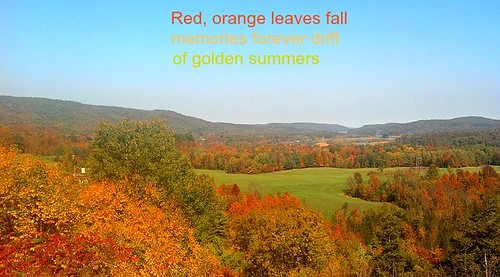The past two weeks have been devoted to Audio in #ds106 and I feel like I have been unconnected.
Fortunately, there is nothing like AWOL in #ds106, because there are......
...notifications from the group on their Daily Creates, their radio commercials and teasers... or people like Ary Aranguiz who is participating in StoryHackVT and seek our support... or Kevin Hodgson who is always dabbling with some new tool and sharing his incredibly creative work.. or Alan Levine on the road spreading the #ds106 word and looking for stray MOOSE!
Not to mention Mariana Funes who posted a #Phonar that prompted me to record my own... and new member #106 Gail Desler who may be overwhelmed by the fanfare of her auspicious arrival as the 106th member of our G+ group (I had to drop what I was doing to add a celebratory GIF in her honor)....or running into Janet Webster in Stephen Downes online Moodle MOOC2, or wondering where Dave Barr went... All of this makes me feel connected to a community -- a community of learners, of artists, of creators. An open community with no rules or teachers, where you are free to come and go as you please, yet you KEEP SHOWING UP because there is value in these connections.
So, while I was consumed by other work, I was able to find a way to combine some of the key elements of audio into a few key ideas that resulted in the following work.
Because this is audio week, I went back to an idea that I had earlier, but never put together. I was taking pictures for the Design Safari and took a picture of the wind chimes in the bathroom for "A Good Use of Space."
I realized that I had accidentally switched the setting to video and I recorded the sound as well. This made me remember an old childhood song that I wrote with a friend (I can't remember the whole song or the friend), but I thought it would be a cool exercise to record as an audio exercise. Not to mention, it would help me get more familiar with Audacity and Movie Maker. Here is the result:
Motivated by Mariana Funes' "What the Hell, I'm doing a #Phonar as a Daily Create", I decided to combine a few elements together, the personal story and the Daily Create #647.
Write a satirical article riffing off a typical news story inspired by the Onion.
The personal story talks about the creation of the news story of the Mendenhall Glacier.
Things would not be complete without a Daily Create "Notice the Ground Beneath Your Feet.Document with an Enhanced Photograph." This opportunity afforded me a chance to bring our community a little closer with the Mosaic above. I took the liberty of using a cool beach sarong to use as my "ground." I then took all of the images posted for the Daily Create and made a mosaic illustrating the importance of our connection, our intersection, and our relationships that make #ds106 the magical place where 'Puff' lives.
 |
| "Puff" |
























